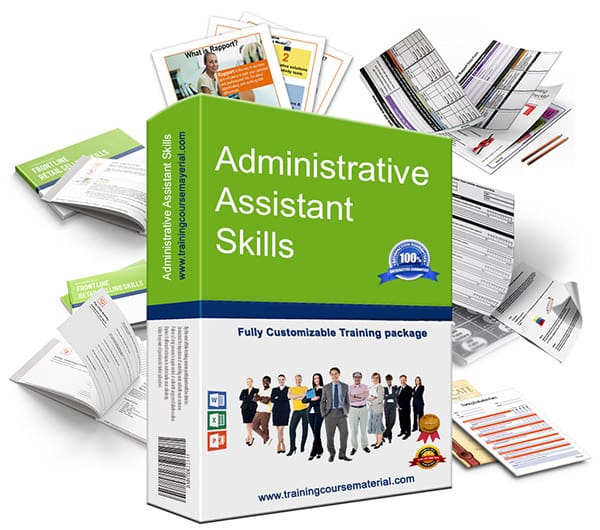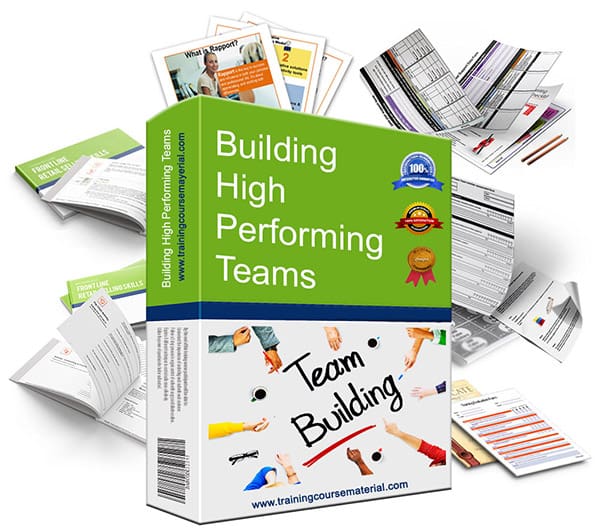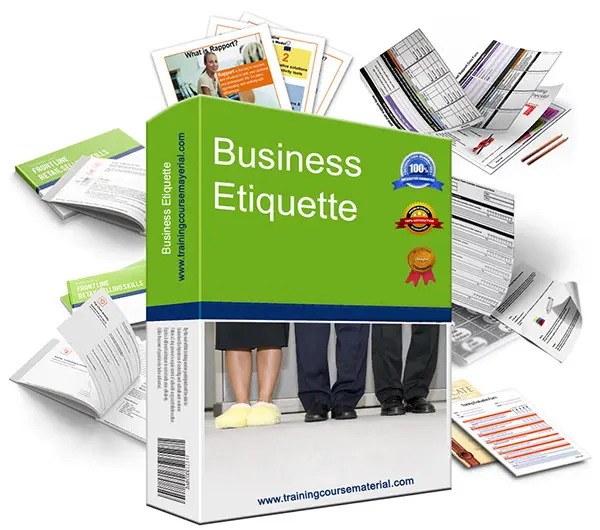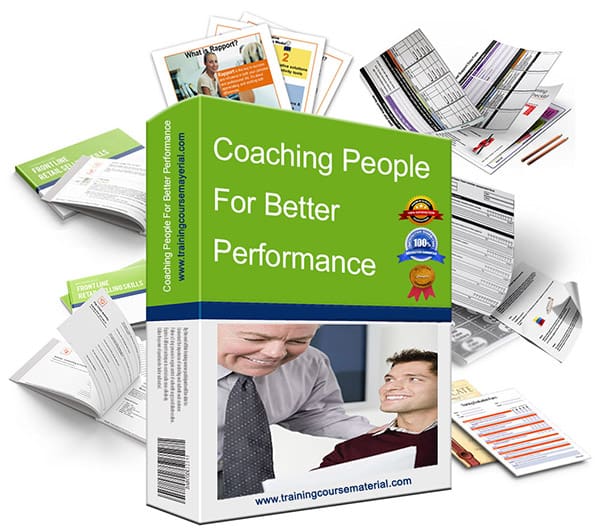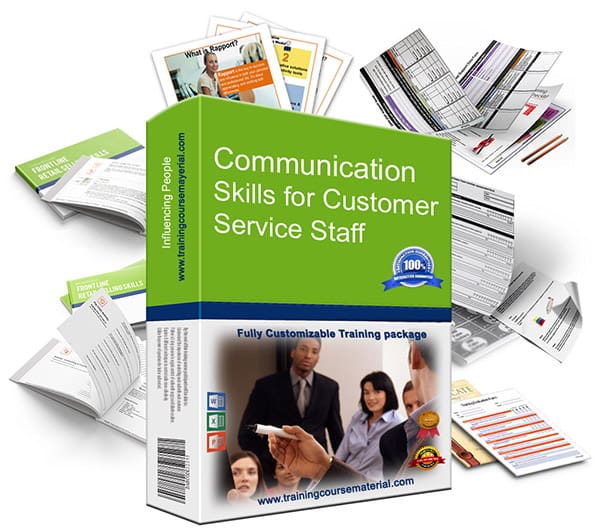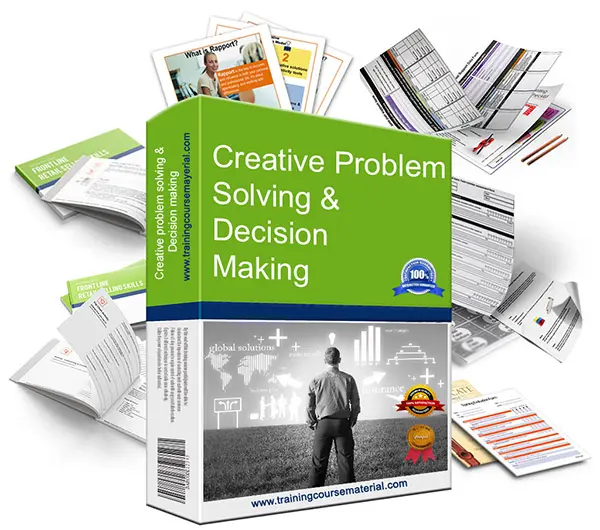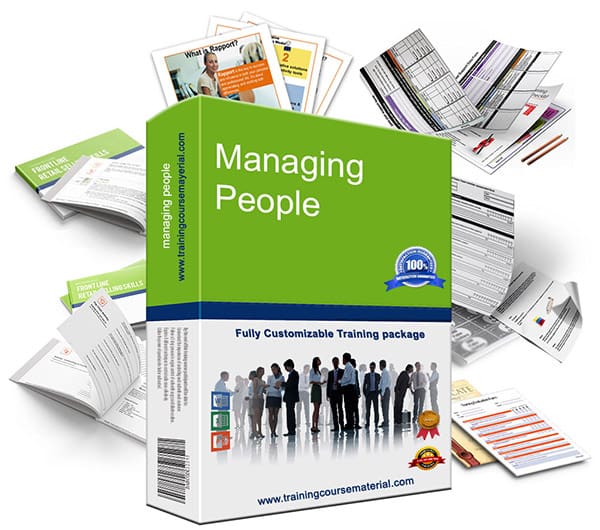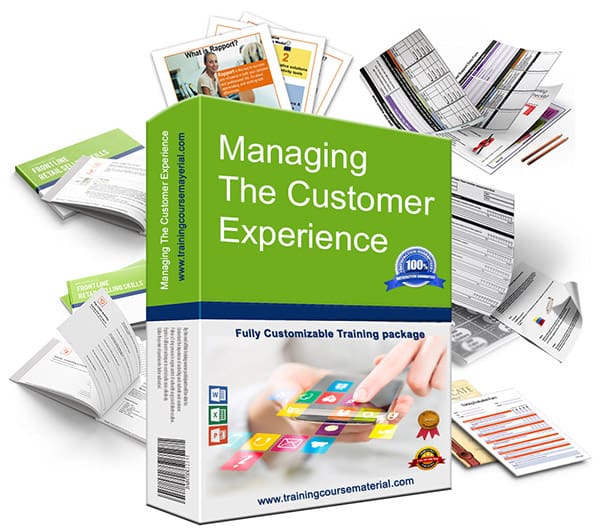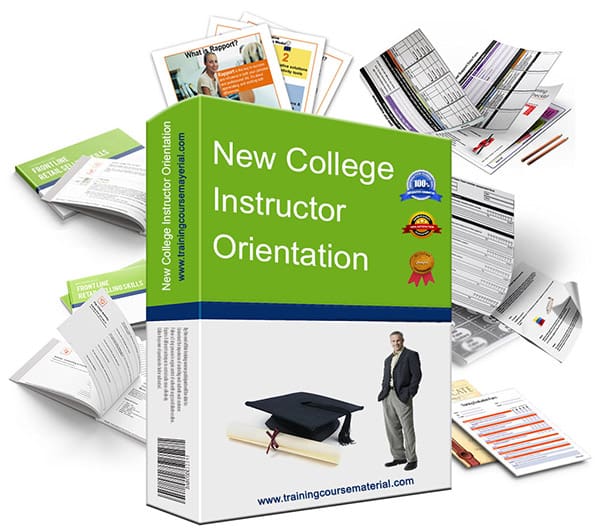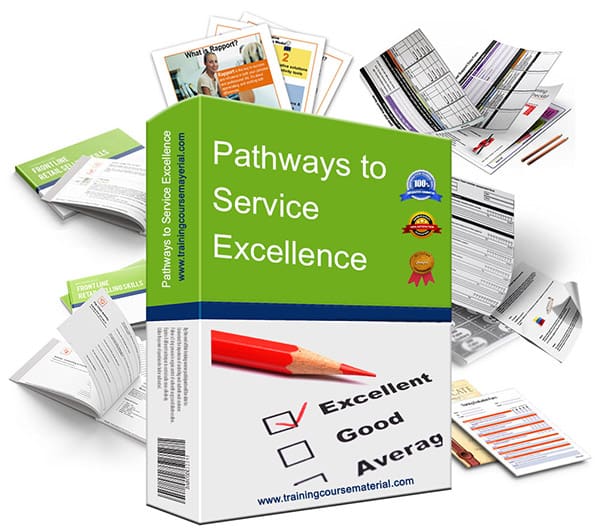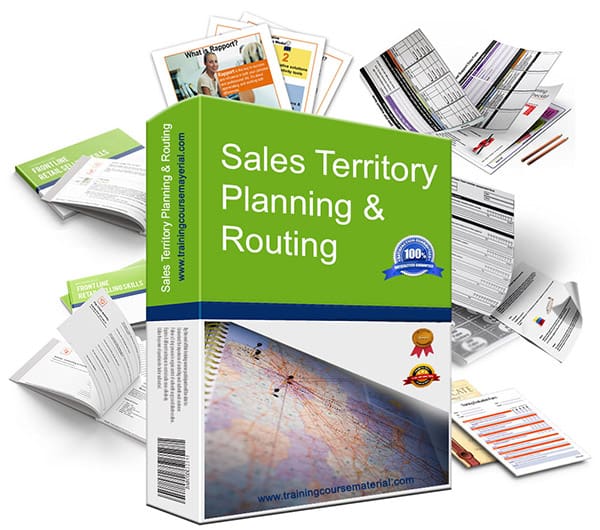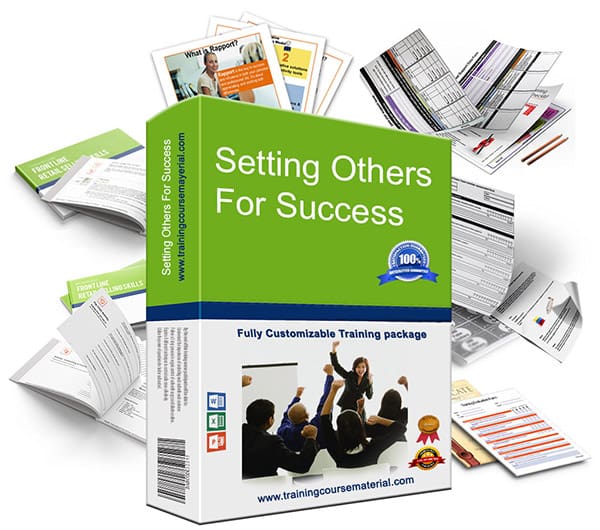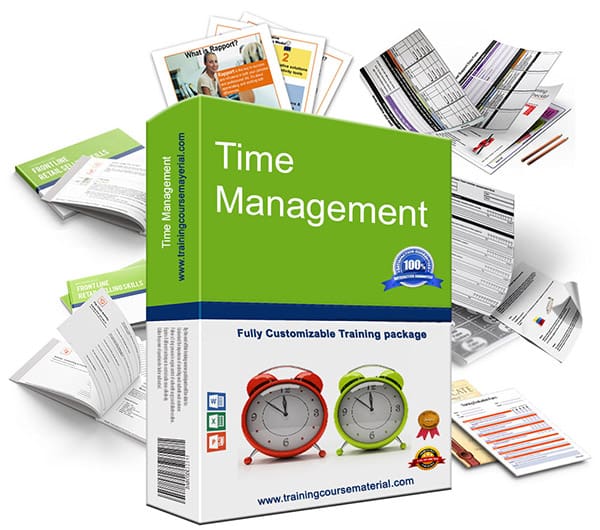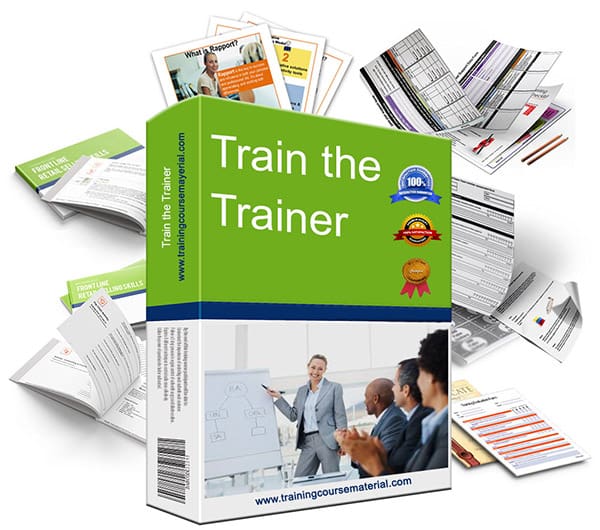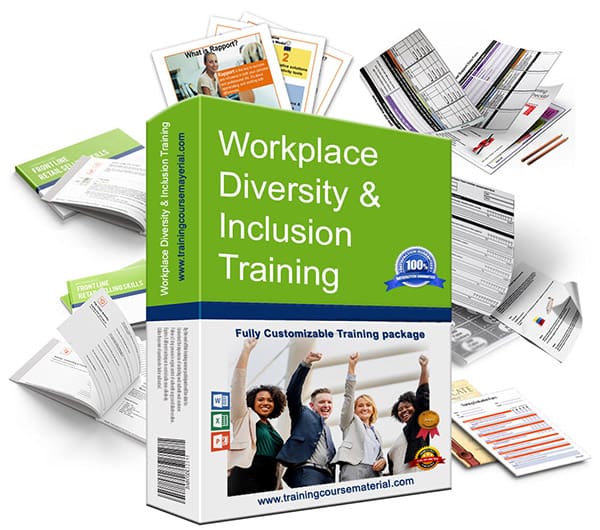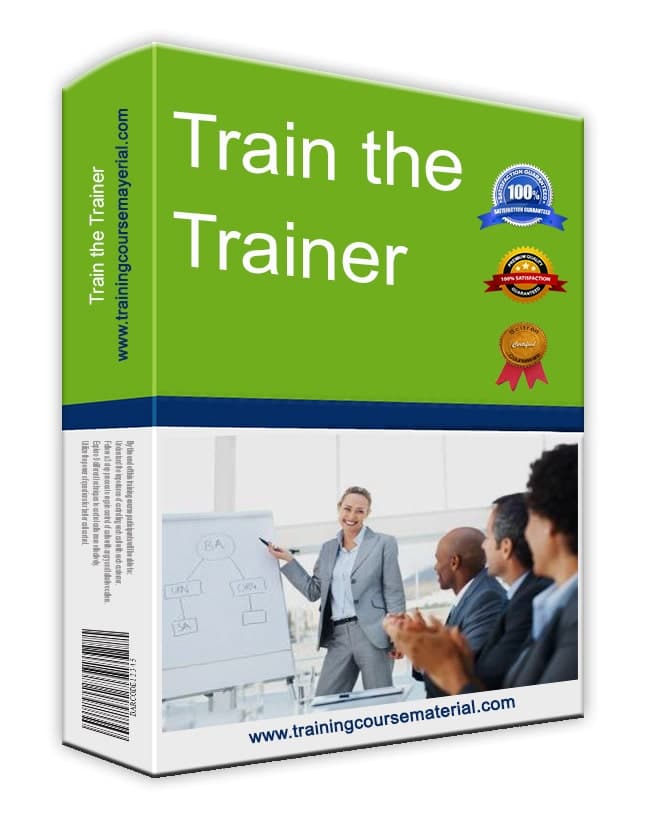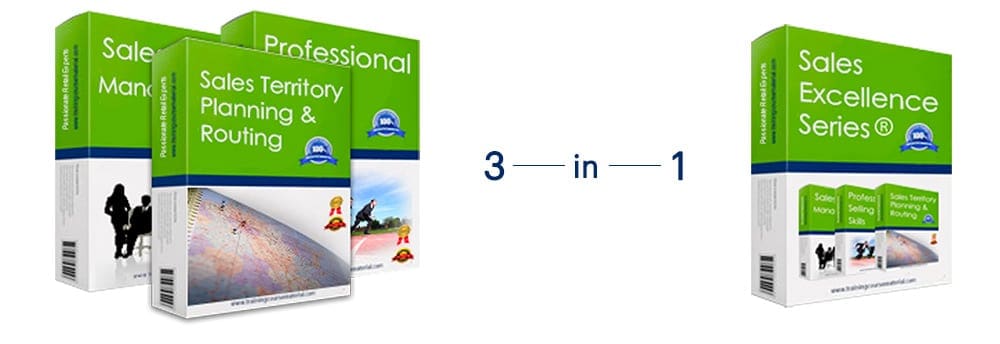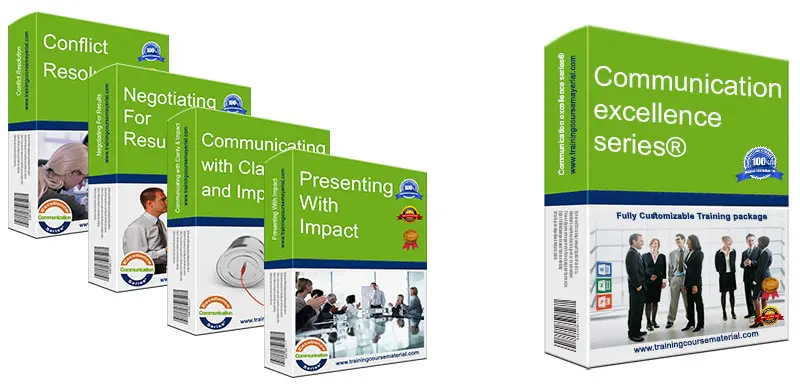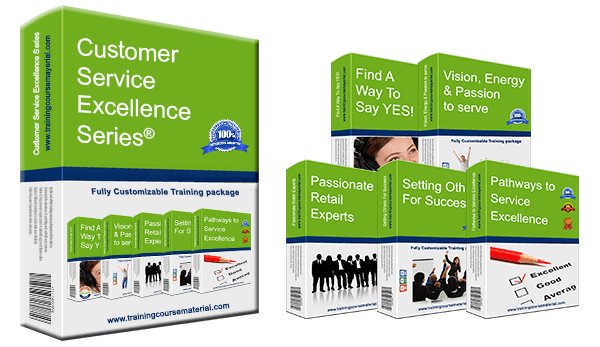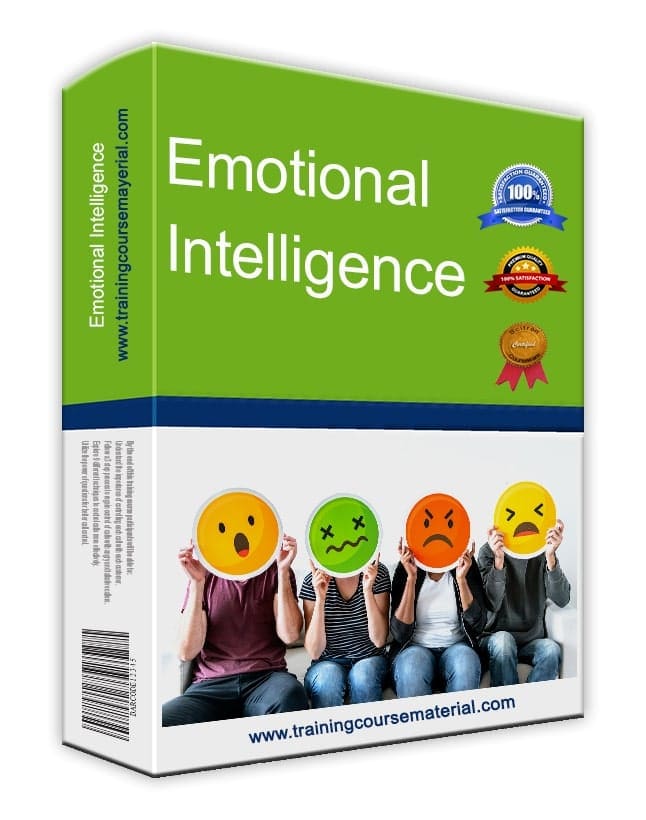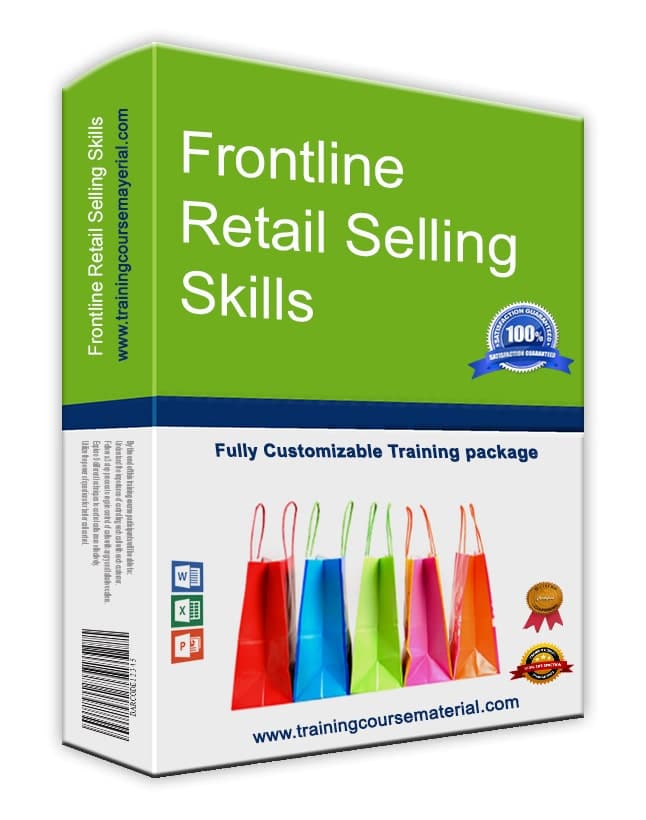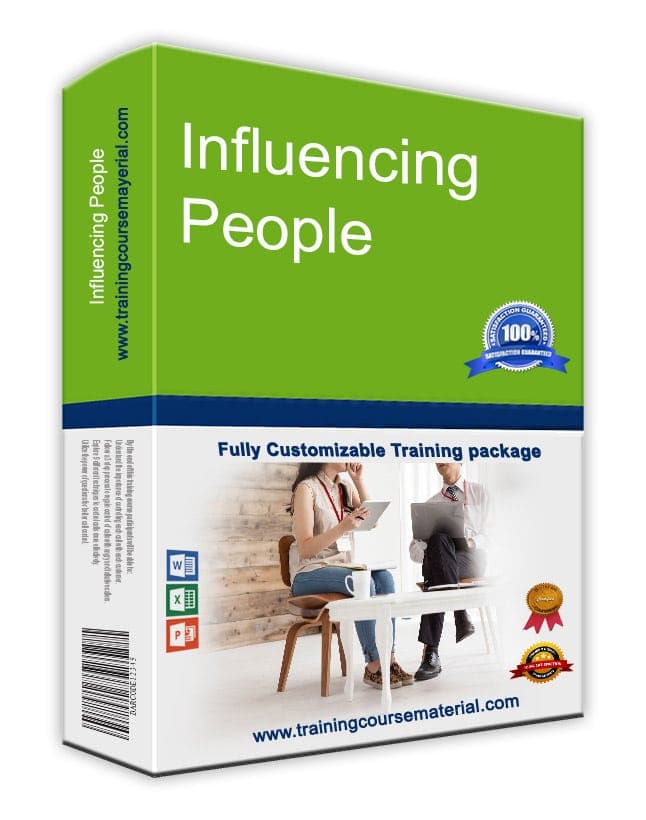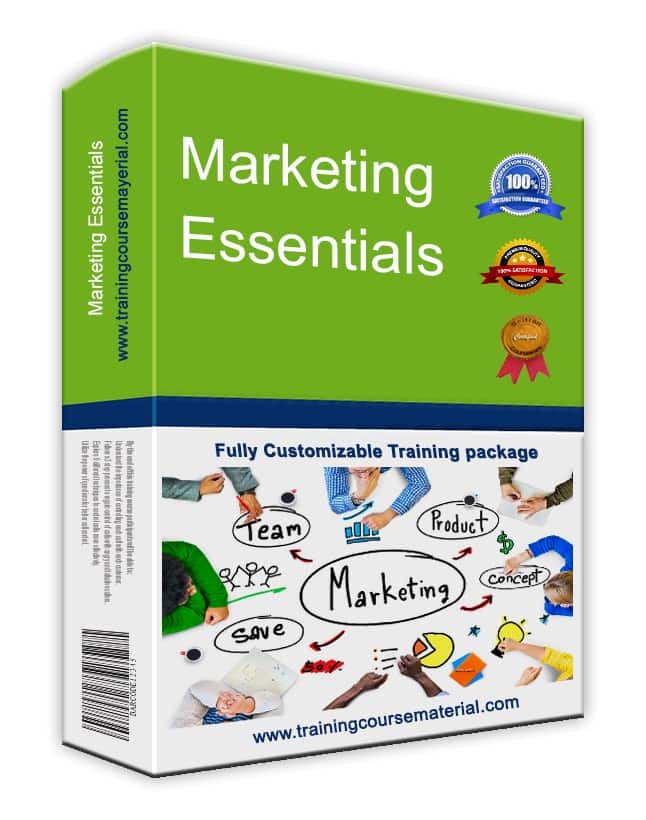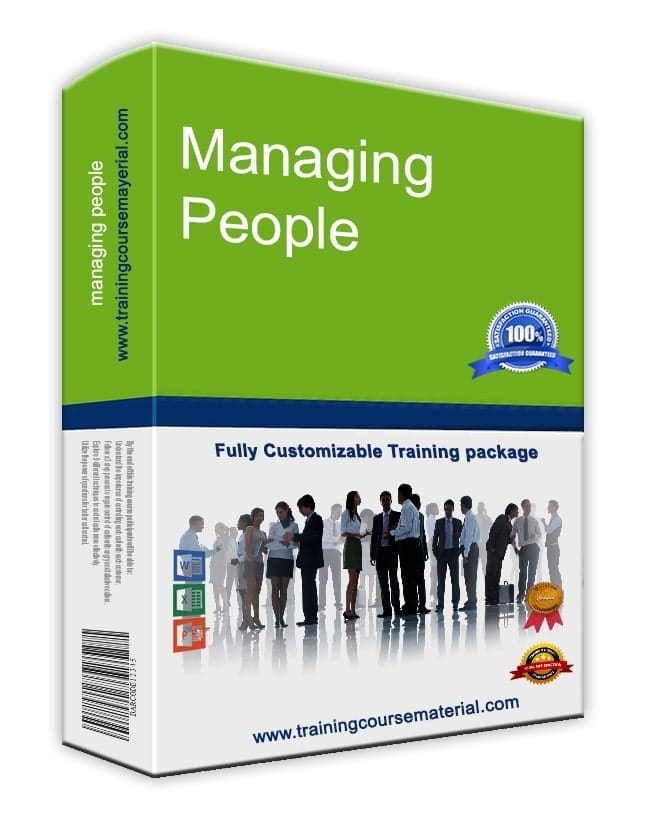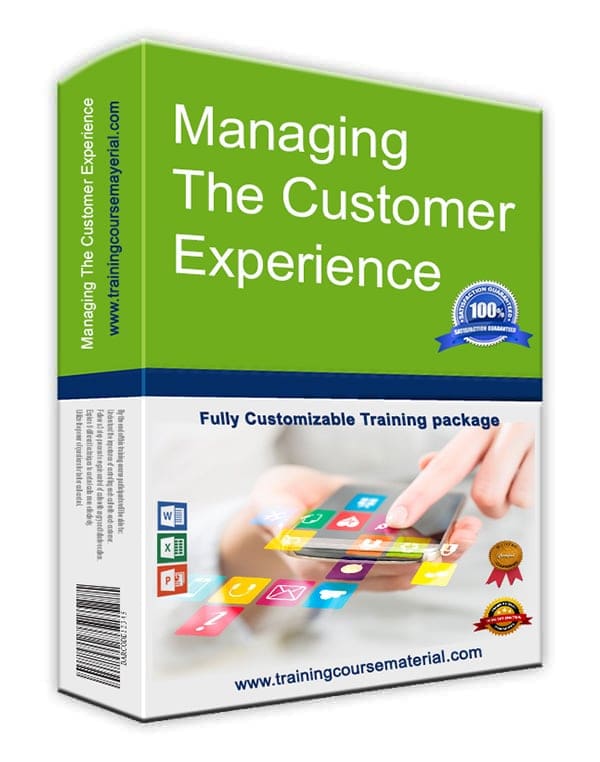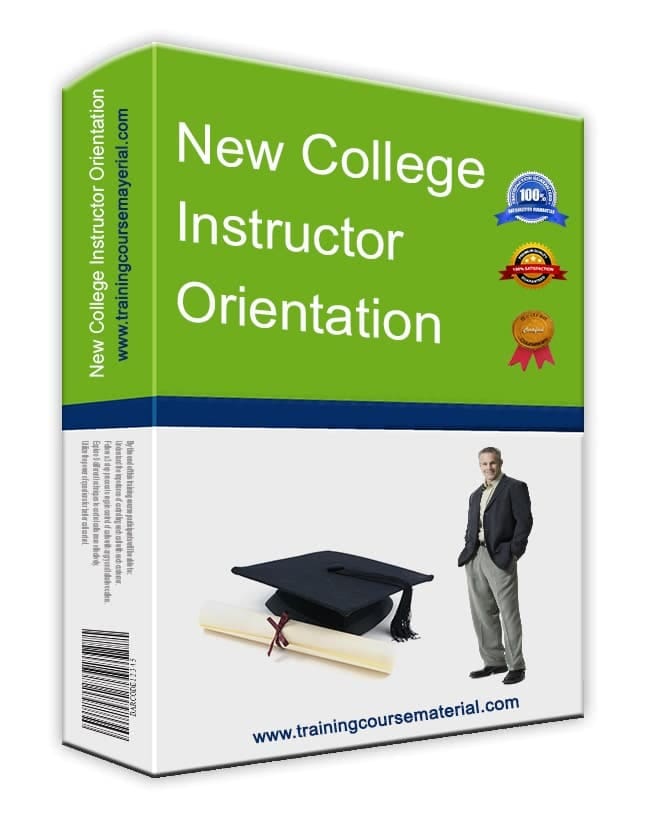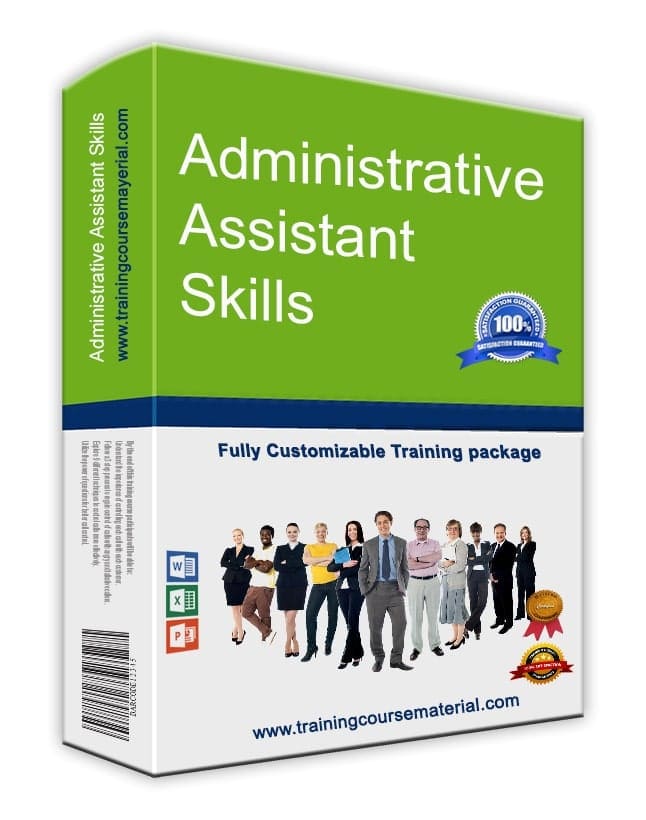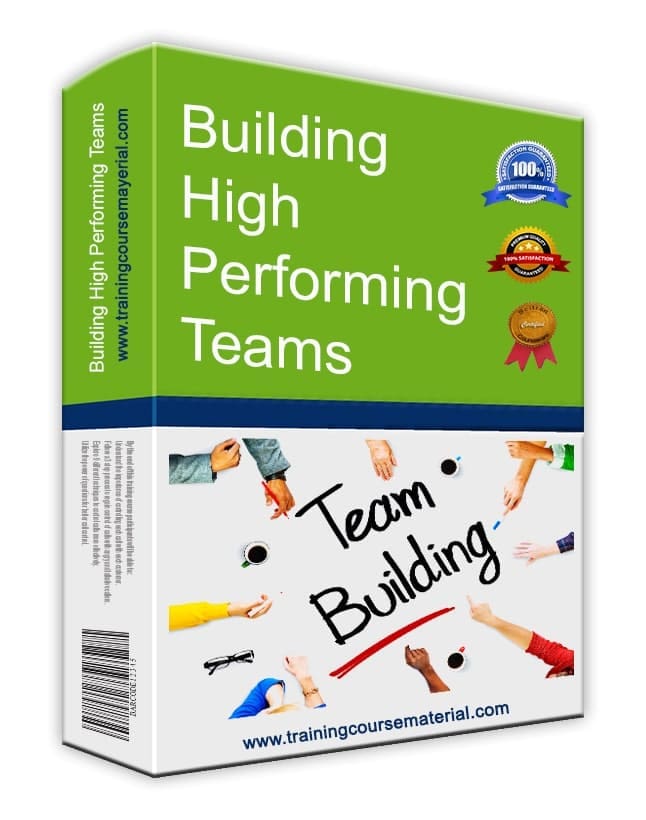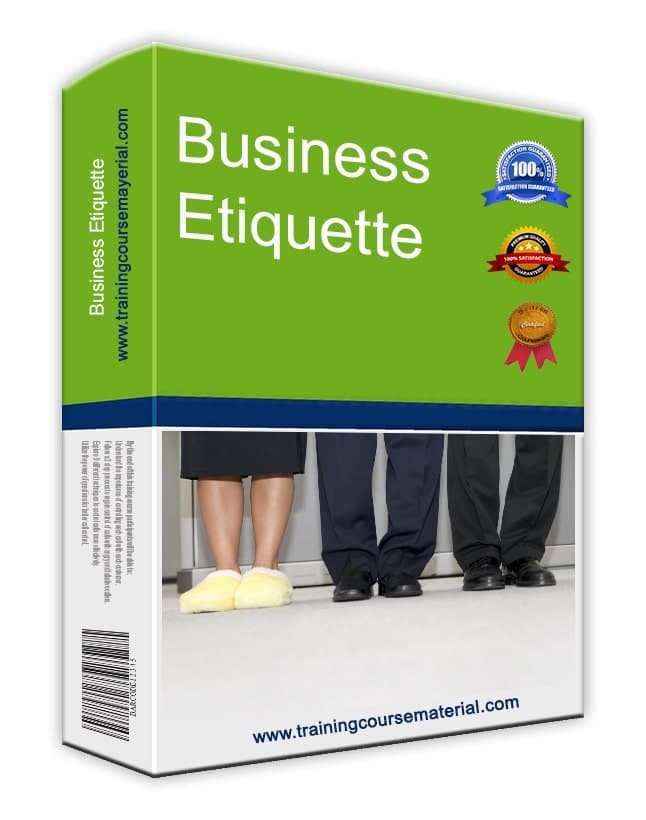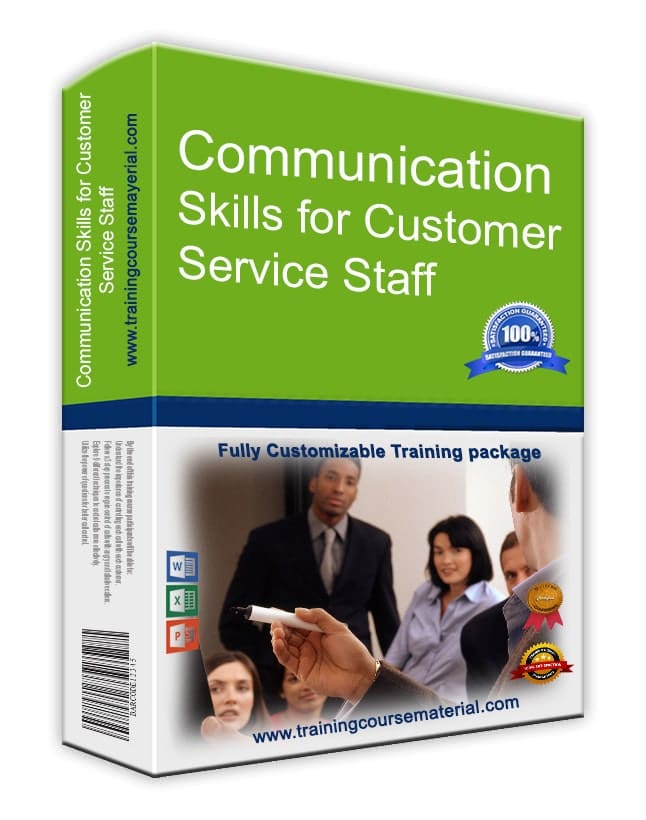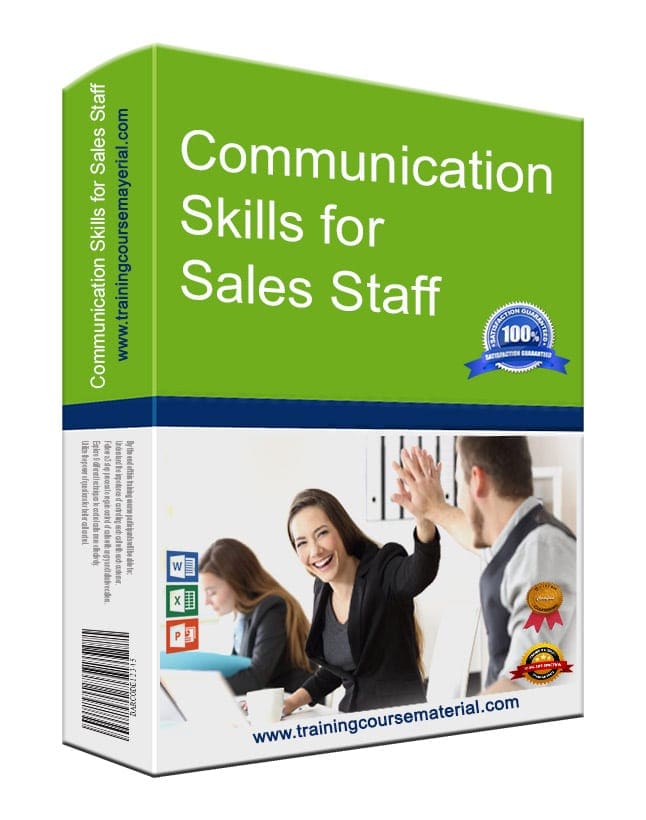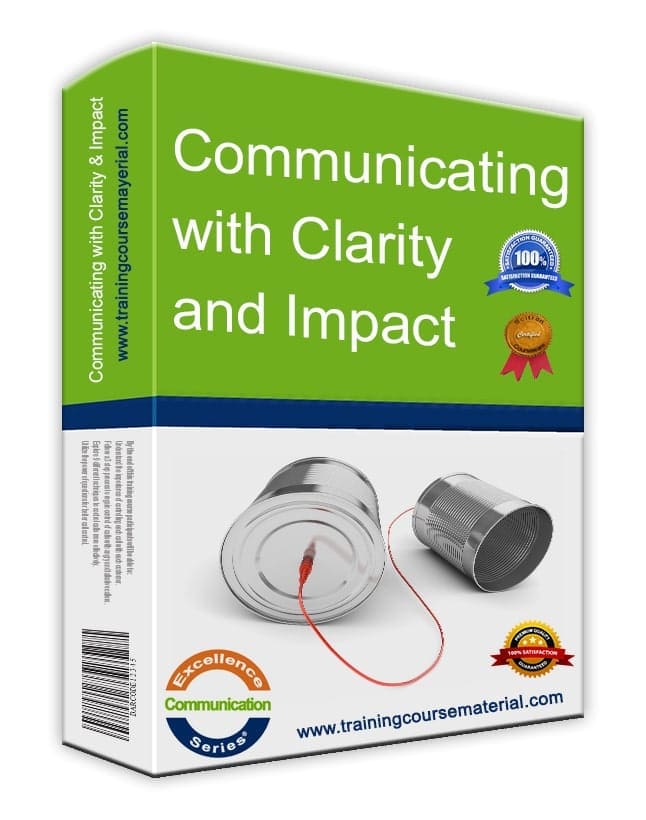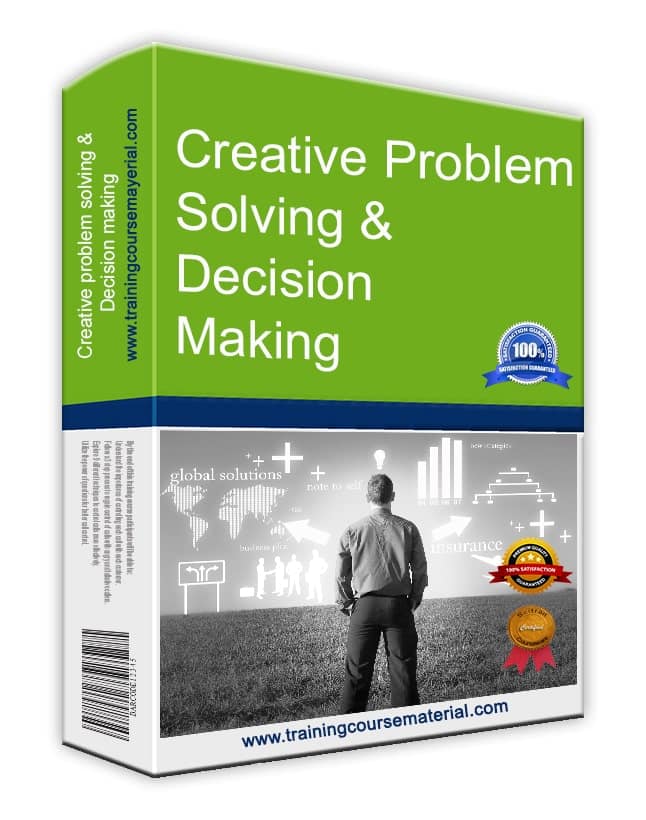Engage your participants with these proven coaching activities designed to enhance coaching models, deepen goal-setting discussions, and develop the mindset and skillset of effective coaches. Each activity offers hands-on practice, reflection, and group interaction for impactful learning.
Activity 1: Practicing Coaching Models (GROW and Continuous Support)
Time: 30–40 minutes
Objective: Strengthen confidence and structure by practicing two common coaching models essential to effective conversations.
Steps
- Introduction: Briefly present the GROW Model (Goal, Reality, Options, Way Forward) and the Continuous Support Model, emphasizing their different applications.
- Role-Play #1 – Continuous Support Model:
- Scenario: A team member struggles with time management.
- Participants work in pairs, alternating roles as coach and coachee.
- The coach actively listens, asks open-ended questions, and offers supportive suggestions based on the Continuous Support structure.
- Role-Play #2 – GROW Model:
- Scenario: An employee seeks career development guidance.
- The coach guides the conversation using the GROW framework to explore goals, current realities, options, and next steps.
- Debrief: Reflect collectively on what worked, challenges faced, and how to adapt models for different contexts.
Trainer Tips
- Provide role-play scripts or prompts to support participants, especially if they are new to coaching.
- Encourage observation and feedback between partners to deepen learning.
- Flex to participant experience levels by more detailed explanation or advanced scenarios.
Learning Outcome
Participants gain practical experience applying coaching models and develop adaptability for varied coaching conversations.
Activity 2: Coaching Concepts and Goals Discussion
Time: 25 minutes
Objective: Connect coaching principles to real workplace goals and explore strategies to support performance and engagement.
Steps
- Introduction: Discuss how coaching aligns with performance growth and personal development.
- Group Discussion: Invite participants to share their perceptions of coaching and its ultimate goals.
- Concept Presentation: Introduce core coaching elements such as active listening, powerful questioning, and goal-setting.
- Small Group Work: Assign each group a workplace goal (e.g., improving communication or boosting engagement) and have them brainstorm coaching strategies tailored to that goal.
- Group Presentations: Have groups present their insights to foster learning through peer exchange.
Trainer Tips
- Encourage diverse groupings to widen perspectives.
- Use flipcharts or whiteboards for groups to capture ideas visually.
- Query for deeper insights by asking “why” and “how” questions during discussions.
Learning Outcome
Participants develop actionable coaching strategies linked to concrete workplace objectives and understand coaching’s impact on performance.
Activity 3: Skillset and Mindset of a Successful Coach
Time: 25–30 minutes
Objective: Develop self-awareness about the balance between mindset and skills that is essential for coaching success.
Steps
- Group Discussion: Explore the difference between coaching skillset (techniques) and mindset (attitudes).
- Personal Reflection: Have participants list their coaching strengths and areas needing improvement.
- Partner Sharing: Share reflections in pairs to encourage perspective and support.
- Role-Play Scenarios: Practice coaching conversations demonstrating key mindset attributes such as empathy, non-judgment, and presence.
Trainer Tips
- Provide sample mindset statements or affirmations to inspire participants.
- Encourage feedback focused on mindset as well as technique during role-plays.
Learning Outcome
Participants grasp how mindset and skills intertwine in effective coaching and practice integrating both in real conversations.
Bonus Activities
Coaching Observation Triads
Time: 25 minutes
Setup: Teams of three rotate roles—Coach, Coachee, Observer.
Observer Role: Use checklists to provide constructive feedback on coaching techniques, tone, and model usage.
Debrief: Group discussion to share observations and consolidate learning.
Coaching Bingo
Time: 15 minutes
Setup: Bingo cards list common coaching behaviors (e.g., paraphrasing feedback, asking open questions).
Watch a demonstration or peer coaching session and mark off behaviors when observed.
Debrief: Reflect on what was frequently seen and what was missing to promote awareness of coaching habits.
Extend Your Coaching Program
For a comprehensive, professionally designed package featuring slides, trainer guides, workbooks, exercises, and engaging bonus activities, explore our complete Coaching People for Better Performance Training Material Package.
Download Coaching People for Better Performance Package
